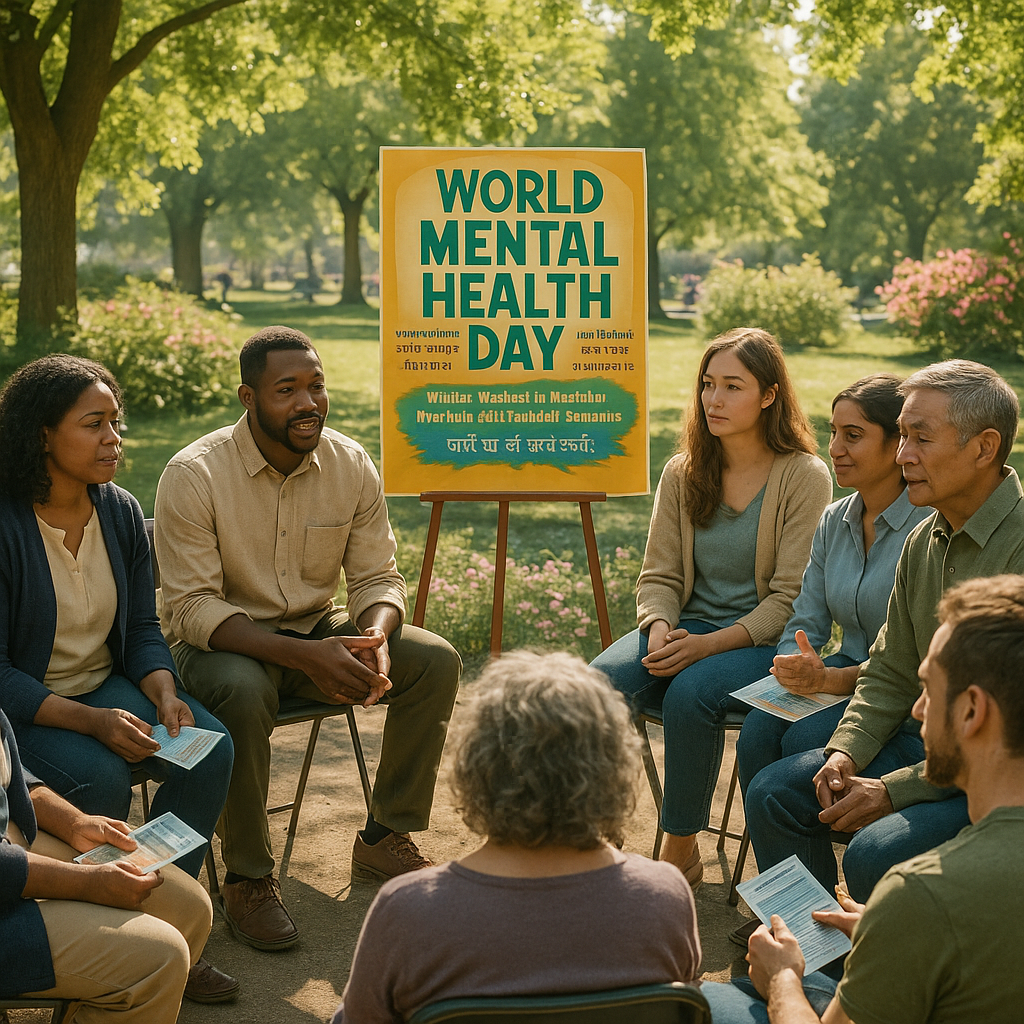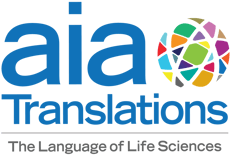Breaking Barriers: How Language and Translation Support Global Mental Health
Culture • Oct 13, 2025 12:00:00 PM

Every year on October 10, the world observes World Mental Health Day, an initiative launched by the World Federation for Mental Health in 1992 and supported by the World Health Organization (WHO). The aim is to raise awareness, encourage open discussion, and promote better access to care for everyone, everywhere. It’s a day to remind ourselves that mental health is not a luxury or a privilege—it’s an essential part of human well-being.
For the life sciences and translation industries, this date carries special significance. It highlights how something as seemingly simple as language can make the difference between understanding and misunderstanding, between help and silence, between stigma and support.
Understanding Mental Health
The WHO defines mental health as a state of well-being in which each person can realize their own potential, cope with the normal stresses of life, work productively, and contribute to their community. It’s not merely the absence of a disorder, but the foundation for a meaningful and balanced life.
Despite growing awareness, millions around the world still lack access to mental health care. Stigma, socioeconomic inequality, and insufficient resources remain major barriers—but so do linguistic and cultural gaps. When individuals cannot express what they feel or understand the support available to them in their own language, treatment becomes less effective and, at times, completely out of reach.
The Language of Emotion and Healing
Language is deeply intertwined with emotion. The way people talk about sadness, anxiety, or trauma varies across cultures, and certain concepts may not exist in the same form across languages. A direct translation can sometimes obscure the real meaning behind a patient’s words or the cultural context surrounding their experience.
For instance, in Latin America, “nervios” might describe a mix of anxiety, distress, or physical tension, while in Japan, “hikikomori” refers to extreme social withdrawal that requires a nuanced understanding of cultural expectations. These examples remind us that communication in mental health is far more than a matter of vocabulary—it’s about empathy, listening, and understanding what lies beneath the surface of words.
Professional translators and interpreters bridge these delicate spaces. Their work ensures that clinical research, therapy materials, and educational resources are not only accurate but also culturally sensitive. They make it possible for healthcare professionals to connect with patients in a way that honors both science and humanity.
Translation as a Path to Equity
For language service providers working in the life sciences, mental health translation is about more than delivering accurate content—it’s about creating access. When mental health campaigns are localized thoughtfully, they resonate more deeply within communities. When diagnostic tools are translated with precision and cultural awareness, they yield more reliable results. And when therapy materials and patient information are available in multiple languages, they reach people who might otherwise remain invisible to the healthcare system.
Behind every translated leaflet, consent form, or awareness campaign lies an act of inclusion. Each translation is a small but vital contribution to mental health equity, ensuring that everyone has the opportunity to understand, seek help, and heal in their own language.
A Shared Responsibility
As technology continues to evolve, machine translation and AI are transforming the landscape of medical communication. Yet even with these advancements, the human element remains irreplaceable. Machines can translate words, but they can’t convey emotion, cultural nuance, or compassion. Only human translators and interpreters can bring that level of care and sensitivity to such personal, complex subjects as mental health.
World Mental Health Day reminds us that communication is, at its heart, an act of empathy. When we ensure that mental health information is accessible in every language, we affirm that everyone deserves to be heard and understood.
For both clients and translators in the life sciences, this is a shared responsibility. Together, we can make global healthcare more inclusive, one word at a time.
Translation in mental health isn’t just about conveying information—it’s about giving people the words to describe their pain, their hope, and their healing.
